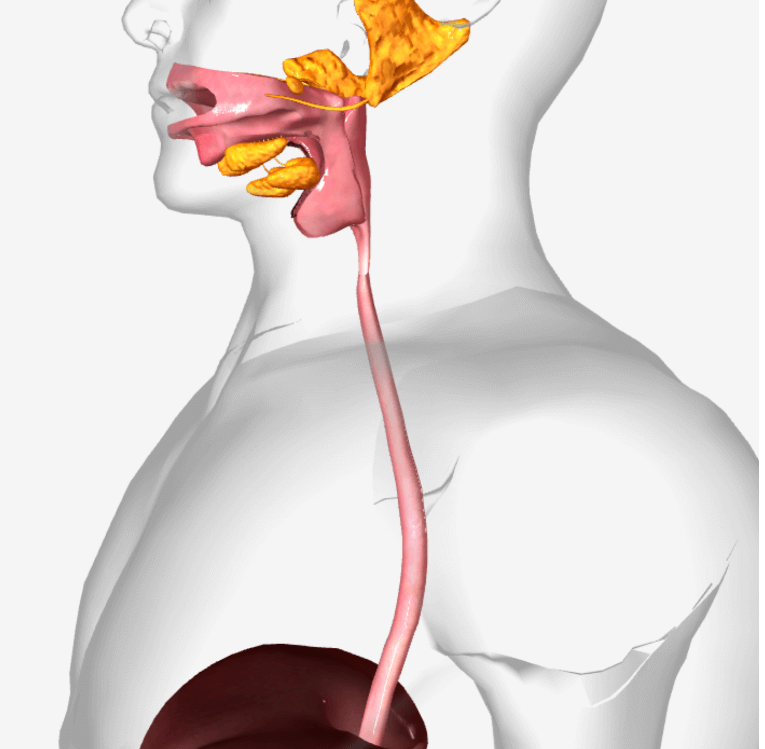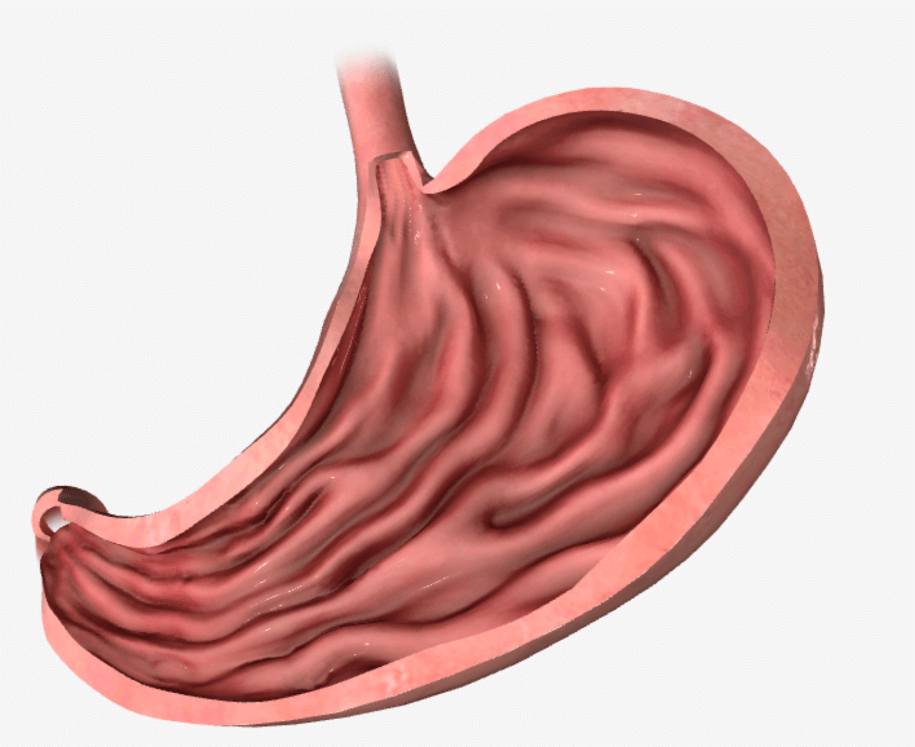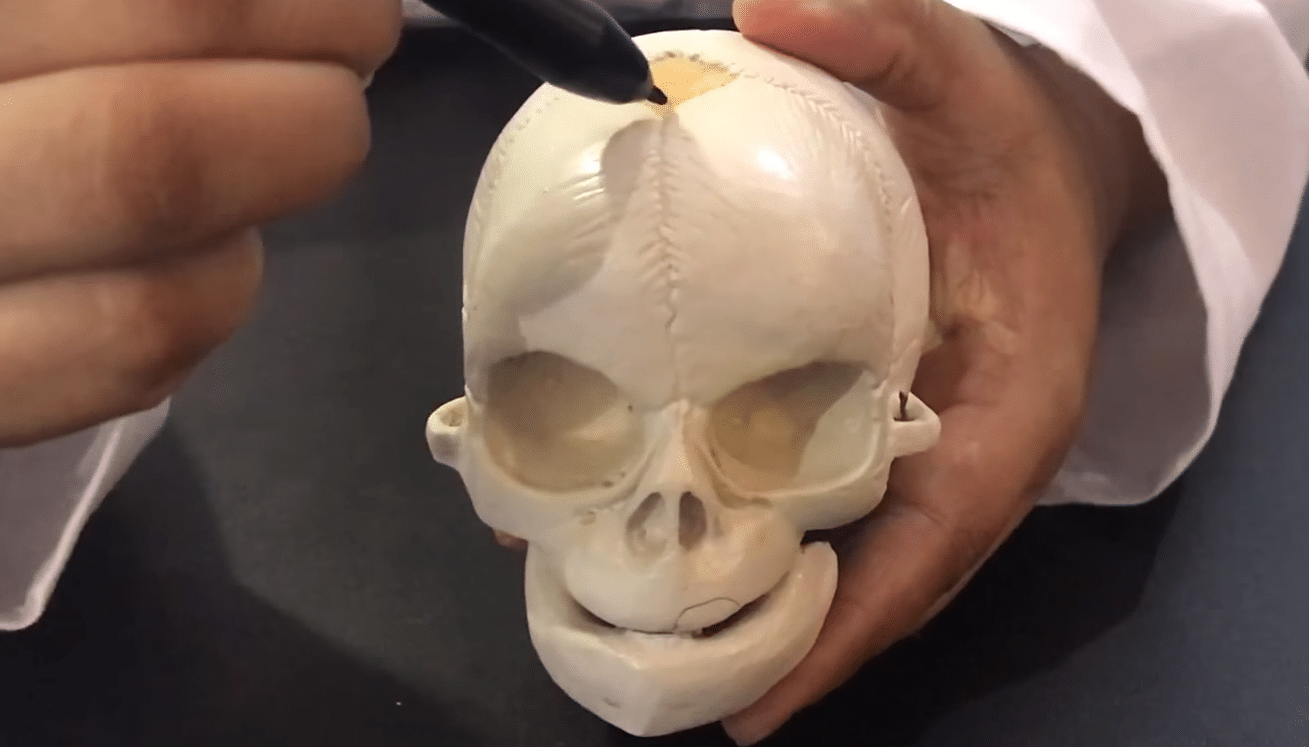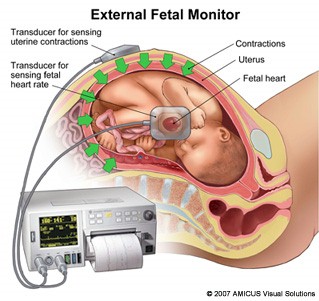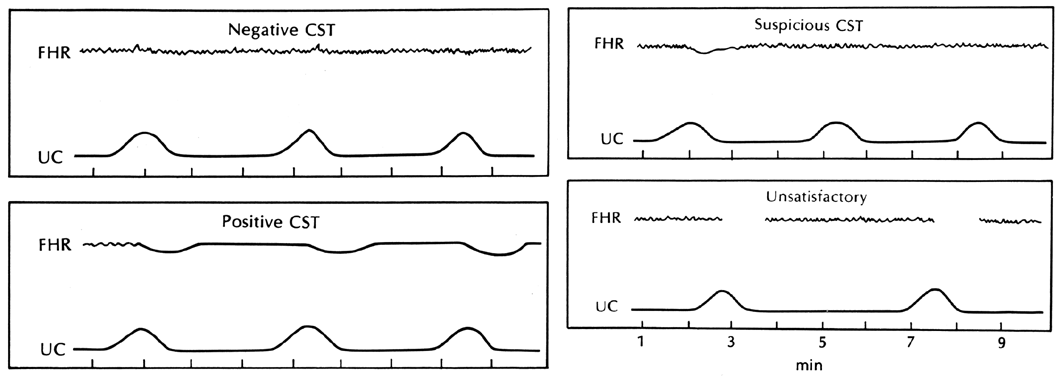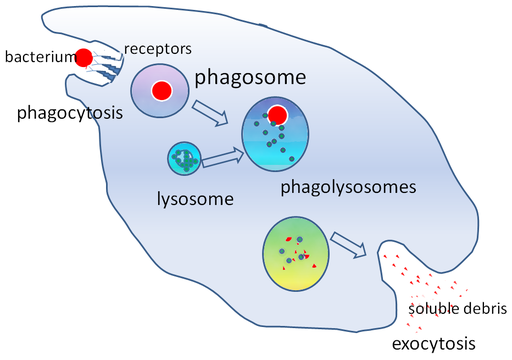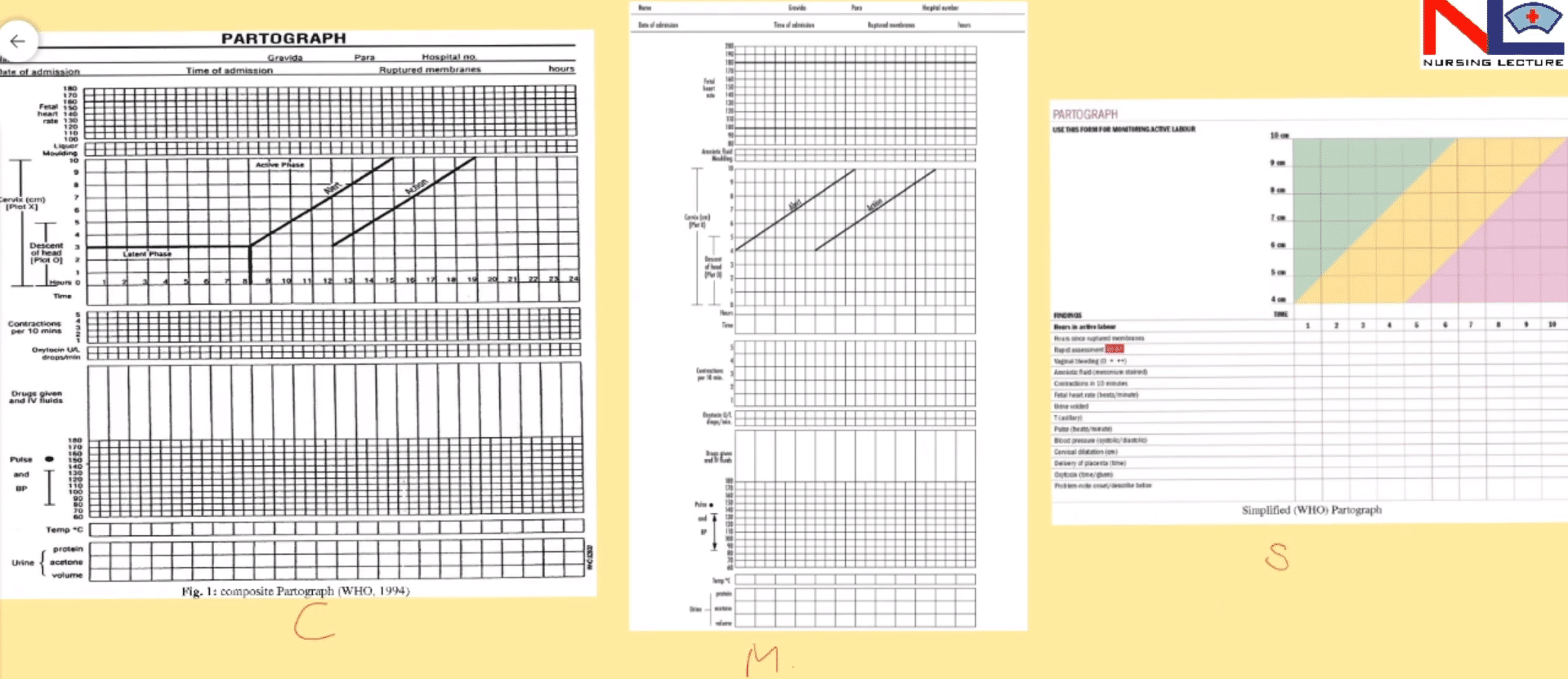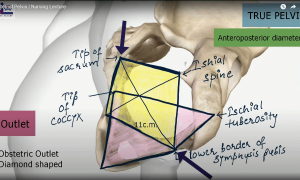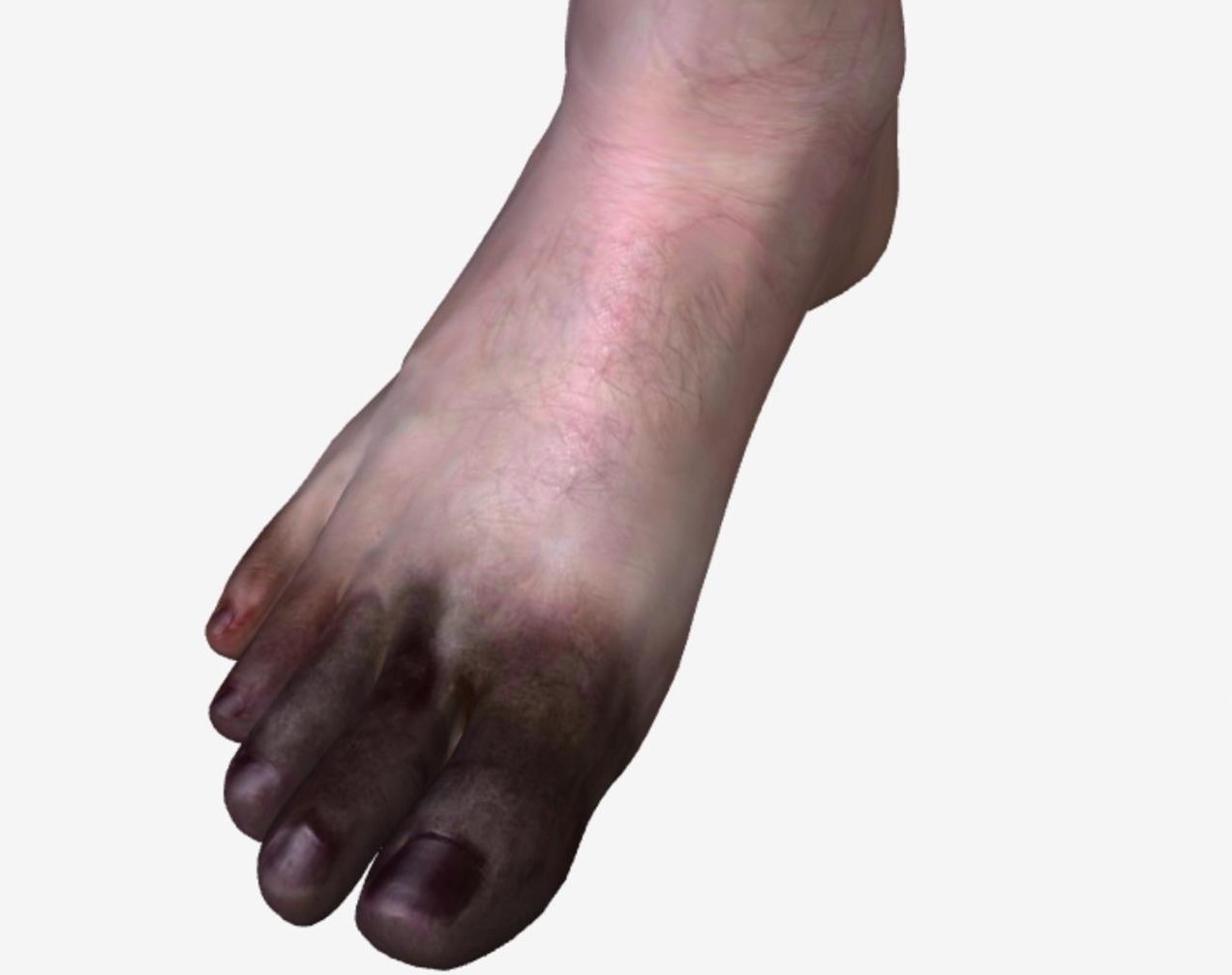DIGESTION IN MOUTH TO ESOPHAGUS
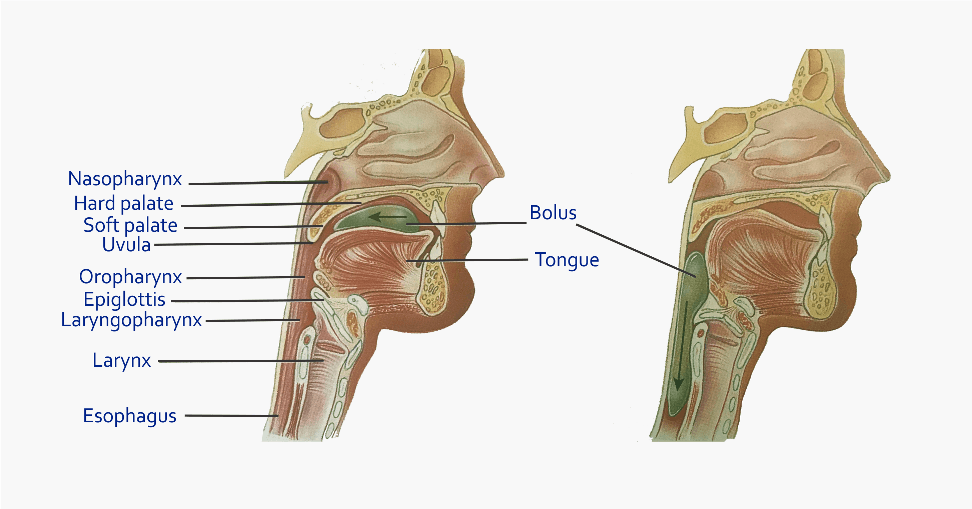
Here are the ways how digestion takes place in mouth to the esophagus-
A) IN MOUTH-
Mechanical digestion in the mouth from chewing, or mastication in which food is manipulated by the tongue, cut or chewed by the teeth, and mixed with saliva. The food is reduced to a soft, easily swallowed mass called a bolus.
- Salivary amylase and lingual lipase, contribute to chemical digestion in the mouth.
- Salivary amylase is secreted by the salivary glands breakdown the starch into smaller molecules such as the disaccharide maltose, the trisaccharide maltotriose.
- Lingual lipase secreted by lingual glands becomes activated in the acidic environment of the stomach and thus starts to work after food is swallowed. It breaks down triglycerides into fatty acids.
B) PHARYNX AND OESOPHAGUS-
The esophagus secretes mucus and transports food into the stomach by a process of deglutition. (The movement of food from the mouth into the stomach is achieved by the act of swallowing). It does not produce digestive enzymes and does not carry on absorption.
Deglutition
Deglutition is facilitated by the secretion of saliva and mucus and involves the mouth, pharynx, and esophagus. Swallowing occurs in three stages-
(1) Voluntary stage– The bolus is passed into the oropharynx. When the bolus is forced to the back of the oral cavity and into the oropharynx by the movement of the tongue upward and backward against the palate.
(2) Pharyngeal stage– The involuntary passage of the bolus through the pharynx into the esophagus. The bolus stimulates receptors in the oropharynx, which send impulses to the deglutition center in the medulla oblongata and lower pons of the brain stem. The returning impulses cause the soft palate and uvula to move upward to close the nasopharynx, which prevents foods and liquids from entering into the nasal cavity. The epiglottis closes off the opening to the larynx, which prevents the bolus from entering the respiratory tract. The bolus moves through the oropharynx and then to laryngopharynx as the upper esophageal sphincter relaxes, the bolus moves into the esophagus.
(3) Esophageal stage– the involuntary passage of the bolus through the esophagus into the stomach. This stage of swallowing begins once the bolus enters the esophagus. During this phase, peristalsis contractions and relaxations of the circular and longitudinal layers of the muscularis, pushes the bolus. The contractions are repeated in waves that push the food toward the stomach. As the bolus reaches the lower esophageal sphincter, it relaxes and the bolus moves into the stomach. Mucus secreted by esophageal glands lubricates the bolus and reduces friction. The passage of solid or semisolid food from the mouth to the stomach takes 4 to 8 seconds, very soft foods and liquids pass through in about 1 second.


